Pink Pearl Buying Guide: Types, Prices, and Identifying Authenticity

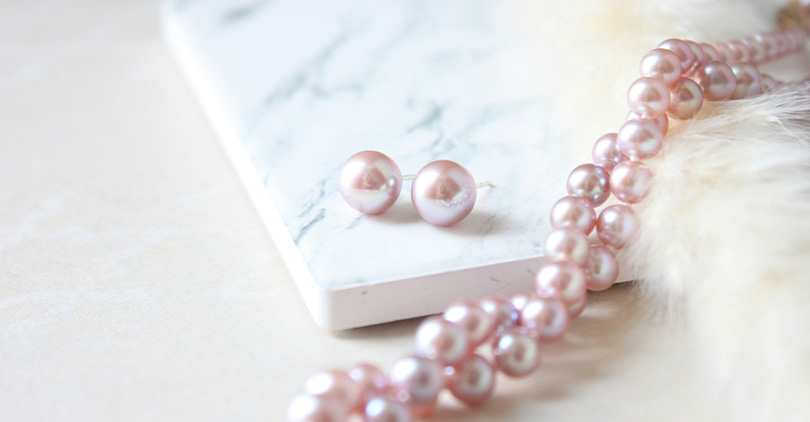
Have you ever been struck speechless by a piece of jewelry? Pink pearls have that effect. There is just something about them – delicate color, timeless beauty – that captures hearts.
In this definitive guide we will explore the enchanting world of pink pearls in depth. What different kinds are there, what do they cost and how can you wear them?
Whether you're interested in jewelry as art or just want something fabulous for your collection, consider pink pearls. They offer both beauty and meaning. Not to mention being worth investing in, especially rare ones like Conch pearls.
We'll cover everything from what makes these gems unique to how best to showcase their beauty on special occasions. Get ready for some serious sparkle time as we take a deep dive into all things Pink Pearl-related!
The Secret Behind Pink Pearls
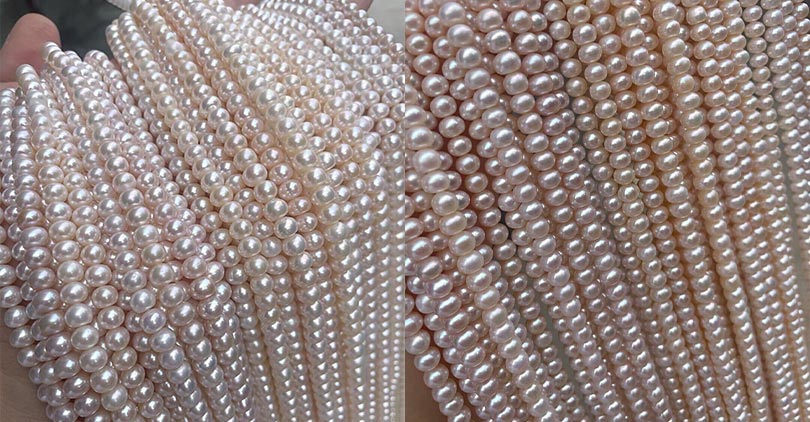
Do you know how pink pearls are formed? Let's explore how nature and human intervention work together to produce gems with such enchanting allure.
Pearl Formation
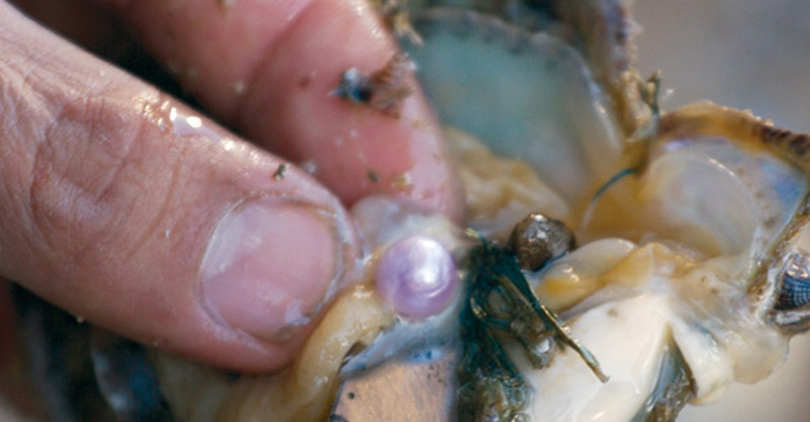
Pearls form naturally inside mollusks like oysters and mussels. It's interesting how this happens. When a parasite or grain of sand gets inside the mollusk, the creature doesn't just sit there – it fights back!
It does so by covering up the irritant with layers of nacre, which is made from two substances called aragonite and conchiolin. Over time, these layers build up, and hey presto – a pearl forms!
There are other factors that play a part in the color of your pearl. One factor is the type of mollusk it is (some produce more colorful pearls than others!).
Besides, it's crucial to analyze conditions in the water where it's living and whether certain trace elements are present or not.
The Role of Trace Elements
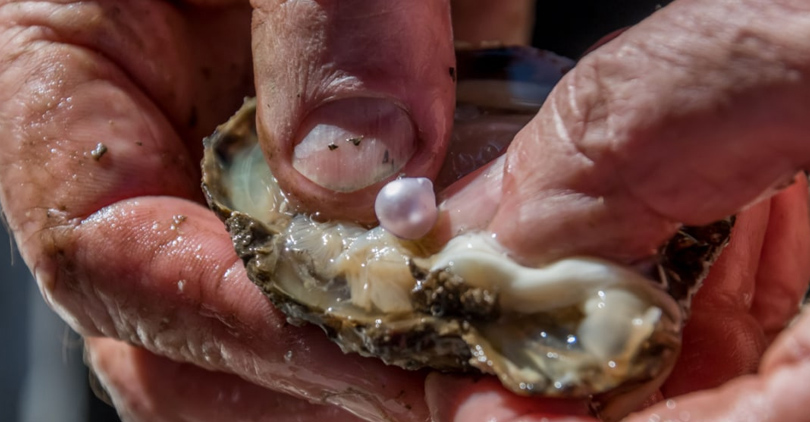
The presence of trace elements is important for the coloration of pearls. For instance, copper and manganese have a big influence on pink pearls.
These minerals come from the environment where the mollusk lives. They enter the nacre and become part of it as it forms, helping give the pearl its pink color.
It's not only which trace elements are present but also how many. A combination that, along with the type of mollusk producing the pearl, affects what shade of pink it will be as well as how light or dark it is.
Cultured vs. Natural Pearls
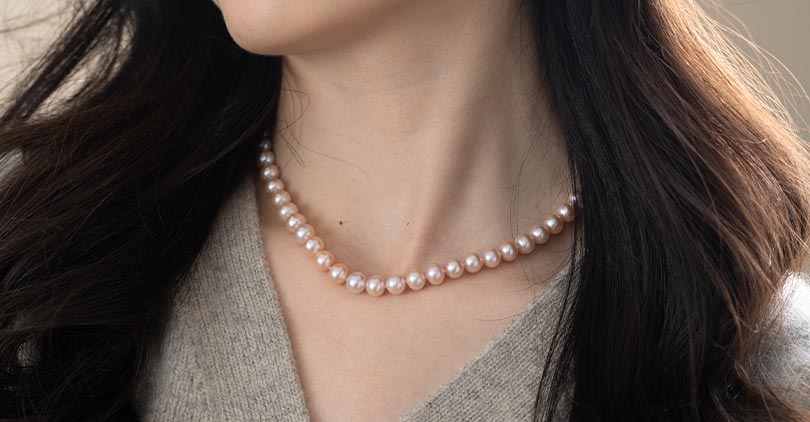
Pink pearls come in two varieties: natural and cultured. Natural pink pearls are exceedingly rare and expensive because they occur randomly in the wild.
Cultured pink pearls, on the other hand, are created with human assistance. Farmers insert a piece of tissue or bead inside the mollusk; this irritant prompts nacre production.
Cultured pink pearls are more readily available. They are often more consistently round or oval-shaped with an even color tone. They share many attributes with their naturally occurring counterparts.
Both types can display beautiful pink body colors. But if everything else is equal, their formation and scarcity may make a natural pearl worth more to some collectors.
The History of Pink Pearls

For thousands of years, people have loved pearls. They have been popular in every culture and society. So much so that ancient Egyptians often put them inside tombs so the dead could wear beautiful jewelry in the afterlife.
In Ancient Rome, too, only very important people were allowed to wear pearls because they showed how rich they were. There was also a strong tradition of wearing pearls for their health benefits. Chinese legends say they are protected against fire and dragons, for example.
But everything changed in the early 20th century. Then, a Japanese man called Kokichi Mikimoto invented something new: cultured pearls. These were real pearls that grew inside oysters after humans put tiny beads into them.
And because it was easier to make lots more pearls this way, thanks to Mr. Mikimoto's clever idea, pink ones became available. Besides, they became more affordable to more than just rich or important people.
Pink Pearls have been used to make some amazing pieces of jewelry throughout history. Discovered off the coast of California, the Big Pink Pearl is a rare find from an abalone.
Though many have tried to purchase it, the diver who found it still possesses the gem. Its value in 1991 was $4.7 million. And that was nearly 30 years ago!
The Symbolism and Meaning of Pink Pearls

For centuries, people all over the world have loved pink pearls and what they stand for. Many cultures give them as a gift to show love or keep them close for luck in romance.
Because they come in a delicate shade of pink, they're often associated with being graceful and feminine. That is why some brides wear pink pearl jewelry on their big day!
Pink pearls also have a spiritual meaning if you believe in astrology (the study of how the stars and planets affect us). If you are a Cancer or Pisces, wearing pink pearls can make you feel extra good!
These star signs are linked with water. It's thought this means people born under them can benefit from the calming properties of Pink Pearls. Astrology fans think these gems help bring out your inner wisdom and emotional stability.
Pink pearls aren't just pretty things with symbolism attached. Some believe these gemstones have special properties. So, there's therapeutic value, too!
Feeling soothed and serene is one claim. Emotional healing might be another. What is more, some can feel love, empathy, and kindness even more than ever!
Varieties of Pink Pearls
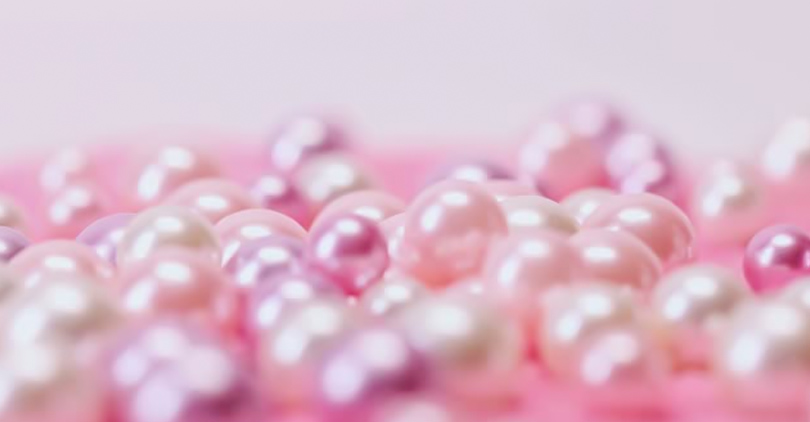
Discovering the world of pink pearls is a journey full of magic and fascination. Each kind has its own allure and sophistication, making for an endless array of possibilities.
Freshwater Pearls
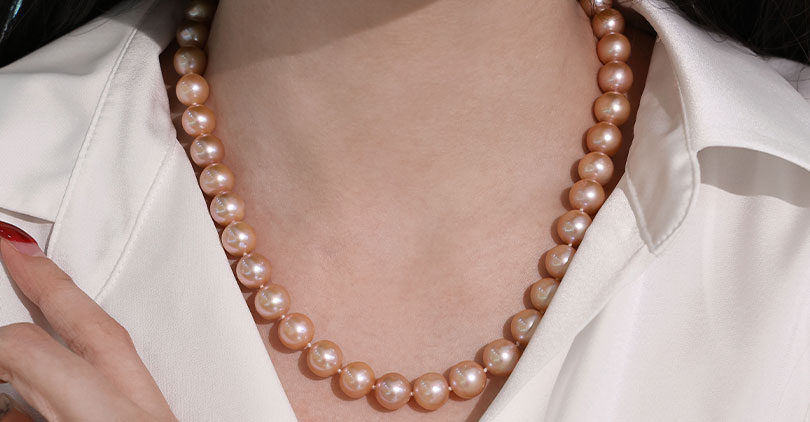
If you want pink pearls on a budget, consider freshwater ones. Cultured in mussels rather than oysters, these gems can be found in many rivers and lakes – and dyed to suit any taste.
They may not have the same roundness or as deep a luster as saltwater pearls after treatments. But they come in such an array of shapes that no two tend to look alike once set into jewelry. That's why people who like pretty things often love them!
Saltwater Pearls
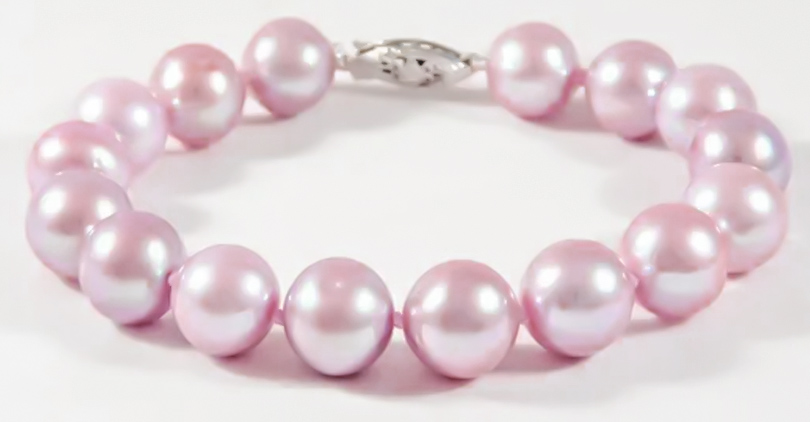
Saltwater pearls, which grow inside oysters in the sea, are famous for being round and shiny. Of these pink types, Akoya and South Sea pearls are especially liked.
Because they take longer to cultivate and are of higher quality, these pearls can be more expensive than freshwater ones. Pearl fans adore them because they come in beautiful shades of pink – like blushes or roses.
Conch Pearls
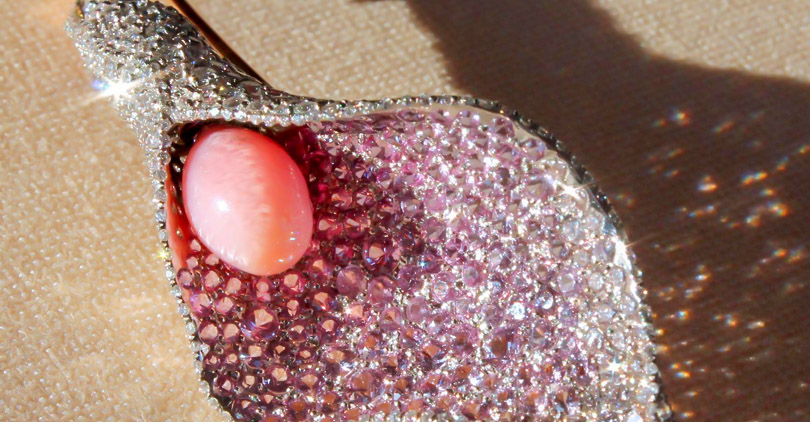
Conch pearls are a type of pink pearl that is extremely rare and valuable. Unlike most pearls, they do not form from layers of nacre. Instead, they grow inside queen conch mollusks.
These pearls have a flame-like pattern on their surface. It makes them especially beautiful and coveted by collectors. In fact, because they are so hard to find, conch pearls can cost more than other types of pearls.
Other Rare Pink Pearls
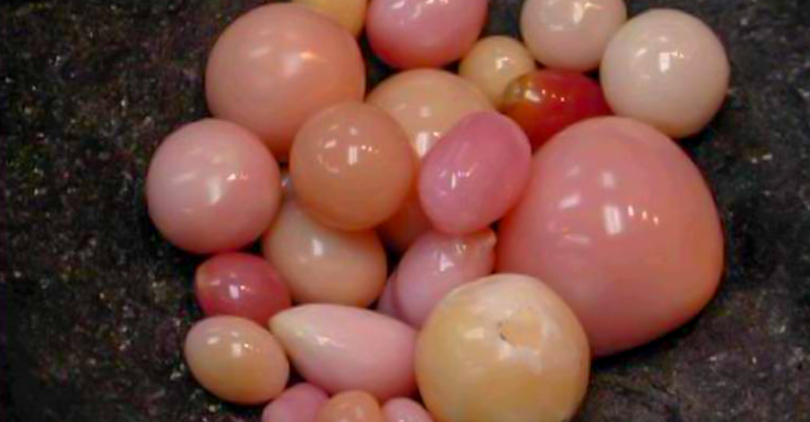
Also among the uncommon pink pearls are Melo pearls and Mabe pearls. Melo pearls, which come from the melo melo sea snail, often display a rich orangey-pink coloration and can grow quite large.
Mabe pearls are hemispherical cultured pearls that develop against the inside shell of a mollusk rather than in its tissue. They possess both a unique dome shape and beautiful pink luster. Just look at this beautiful Mabe pearl ring.
These varieties are prized by pearl aficionados for their scarcity as well as their unusual beauty.
How Much Is a Pink Pearl Worth?
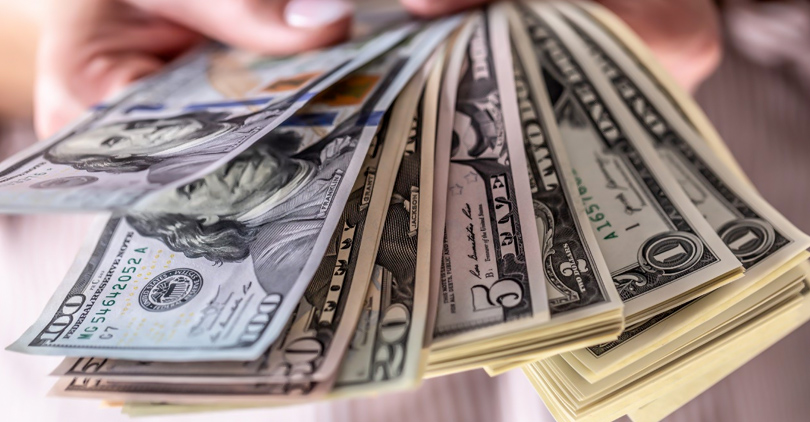
Knowing certain aspects can help us comprehend why pink pearls are prized for more than just their appearance—their worth as well. Let's analyze:
General Price Range
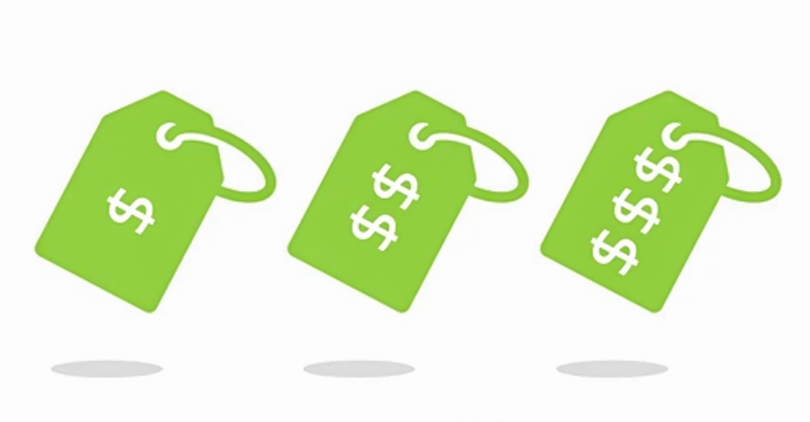
Pink pearls can have a large price range. Freshwater pink pearls are usually the cheapest option and cost between $100 and $1,000 per strand. For example, you can buy this piece with large pearls for just $900.
Saltwater pearls like Akoya and South Sea will set you back anywhere from $300 to $3,000, depending on quality. Conch pearls are extremely rare. So don't be surprised if exceptional pieces sell for upwards of $15,000!
Factors Influencing Value
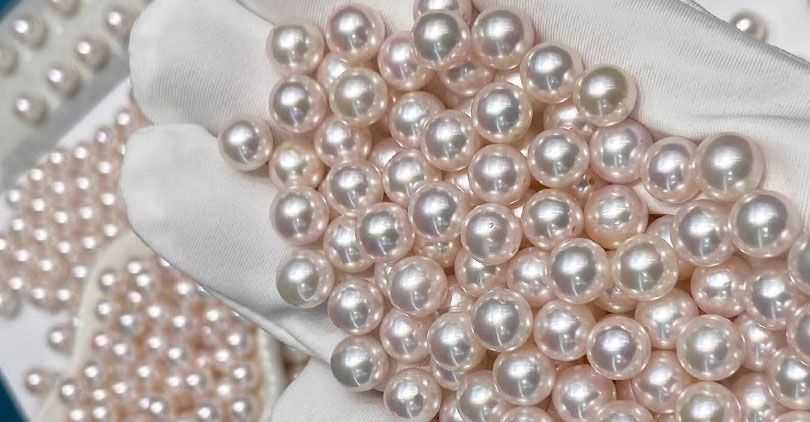
The pink pearl's value is influenced by multiple factors. One such factor is size – larger pearls command higher prices. The shape also comes into play. Perfectly round pearls are worth more than those with irregular shapes.
Color counts, too, with deeper pinks being preferred, as does luster, the gem's shine. For surface quality: the fewer blemishes visible, the better. And where it hails from can make a difference to its price tag.
Examples of High-Value Pink Pearls

Did you know that high-end pink pearls frequently grab news headlines? Take, for example, one exceptionally rare conch pearl necklace. It went under the hammer for over $400,000 because it was flawless.
Equally, you can find a necklace made from South Sea pink pearls with a perfect luster that also matches each other beautifully. But be prepared to pay tens of thousands of dollars for it. These examples show why top-quality pink pearls are so enticing. They could be worth investing in!
How to Identify Genuine Pink Pearls

If you want to know if pink pearls are real or not, you should use your eyes well. Do some tests that have always been done and get an expert to check them, too:
Visual and Physical Inspection
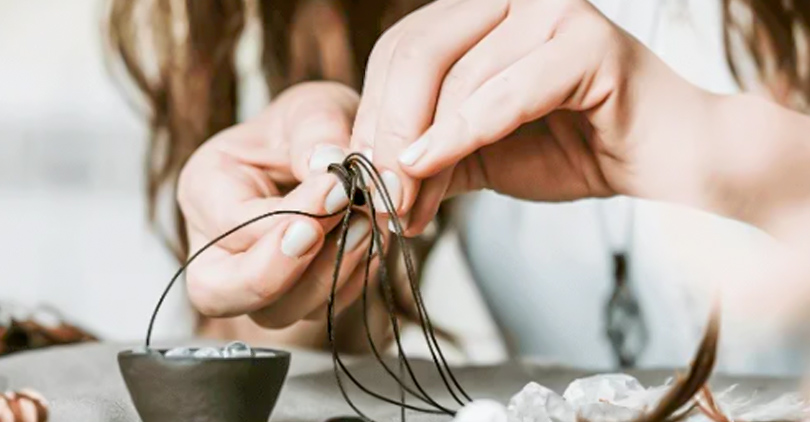
If you want to know if pink pearls are real or not, one clue is their shine. Natural ones have an inner glow that imitation or fake ones often can't match—they may look too glassy.
Genuine pink pearls also aren't perfectly round or smooth like costume jewelry made with plastic or glass. Expect some slight imperfections on the surface of real pink pearls. It only makes them more unique and beautiful.
Tooth Test

If you're looking to see if a pearl is genuine, one age-old technique is called the tooth test. Carefully take the pearl and rub it against the front edge of your tooth.
If it feels slightly gritty or sandy as you do this, the odds are that it's real. If it feels smooth like glass or plastic beads do when rubbed on teeth, there's a good chance they're faux pearls.
Professional Appraisal
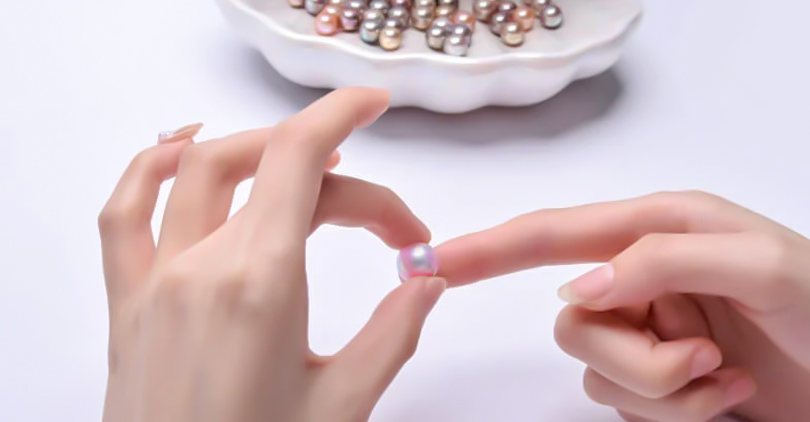
If you want to be absolutely sure, get it checked out by a pro jeweler. They'll examine things like weight, size, and surface under magnification to figure out if your pearl is legit.
They may and may even use X-ray tests to look for telltale signs of natural formation inside the gem.
Certificates of Authenticity

For authentic pink pearls, trust is key. Look for trusted sellers and inquire about certificates of authenticity. They provide detailed information about a pearl's type, origin, and quality.
Pink Pearls in Modern Culture
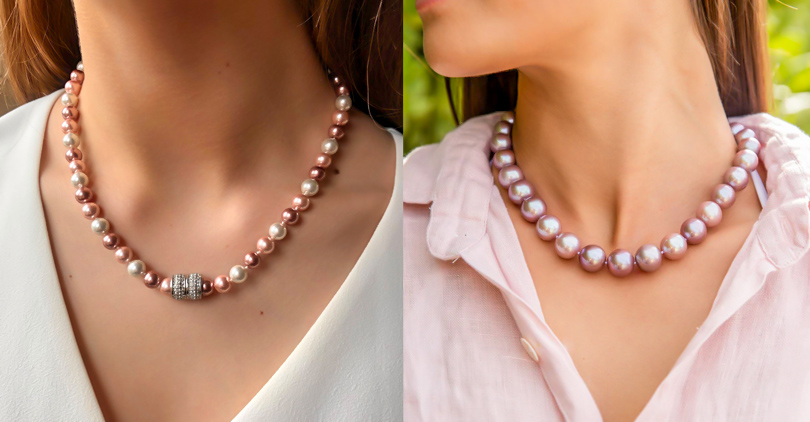
Pink pearls are not only beautiful but also trendy. A-listers Megan Fox and Nicole Kidman have sported pink pearl bracelets and necklaces at high-profile events. They were using the gem to ramp up their red carpet elegance.
The on-screen adaptation of Kevin Kwan's novel Crazy Rich Asians helped popularize pink pearls. Astrid Leong, played by Gemma Chan in the movie, wears them regularly. It is symbolizing both her taste and composure.
Contemporary fashion has taken note of this interest. Designers are creating stylish pieces featuring rosy gems for wear with everything. You can match them both with jeans and cocktail dresses. It is a fusion of old-world charm with cutting-edge trends.
Pink pearl studs or dainty drop earrings add femininity without fussiness to an evening look. No matter whether it's a gown or velvet suit, they make a versatile and fashionable accessory.
Caring for Your Pink Pearl Jewelry
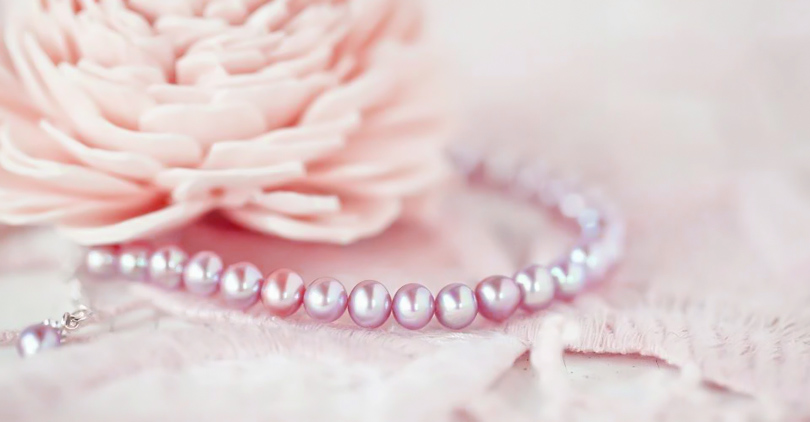
If you want to keep your pink pearls beautiful and shiny, there are some things you need to do. Follow these steps so that they stay a favorite piece in your collection:
• Clean them gently: After wearing your pearls, take a soft cloth slightly with water and wipe each one. Don't use anything abrasive or any chemicals. Both can damage their surface irreparably.
• Store separately: To avoid scratches, place pearl jewelry in a pouch made of soft material (such as velvet) inside your jewelry box. Or dedicate an entire compartment to these pieces alone. If possible, choose a box with fabric lining. It helps maintain their shine better than other materials would.
• Keep away from chemicals: Pearls don't react well with substances found in cleaning products, perfumes, or hairspray. To minimize exposure, put cosmetics on before wearing any pearl jewelry. It's also wise not to swim while sporting pearls. Chlorine is especially bad for them.
Conclusion
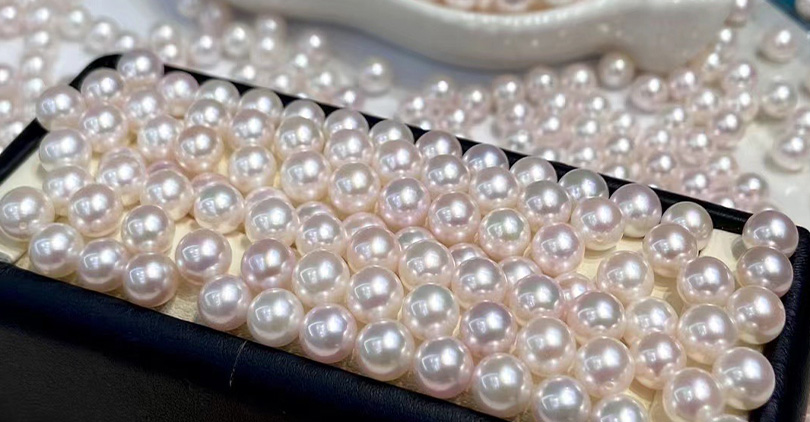
When it comes to pink pearls, there is much more than meets the eye. Of course, they are beautiful. But they also hold cultural meaning and can even prove a wise investment.
Whether you're buying for looks or value (or both), take time to appreciate the charm of these rare gems before adding them to your collection.
To see some examples of just how enchanting pink pearl jewelry can be, visit your nearest jeweler or look online today. Once you've held their beauty in your hand, we think you'll agree: among pearls, these ones stand out.


Leave a Comment